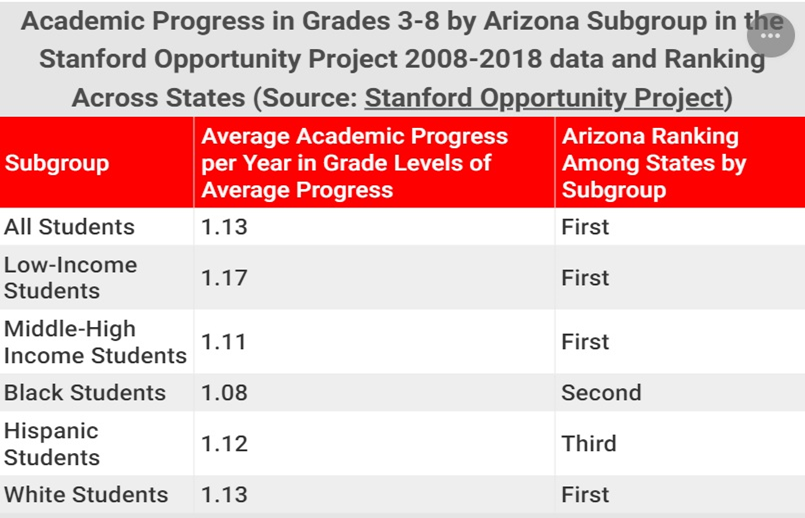Arizona Gov. Katie Hobbs, who fruitlessly called for a repeal of Arizona’s Empowerment Scholarship Account during her first year in office, is following up with a plan in her second year that would throw tens of thousands of students out of the program while strongly discouraging private schools from enrolling ESA students. The plan transparently aims to limit the ability of parents to participate in the program and to discourage private schools from participating. It is unfortunate to see someone who benefited from choice both as a child and as a parent attempt to reduce such opportunities for others.
Arizona lawmakers have been expanding K-12 options for parents since 1994, when they created the nation’s most robust charter school law and statewide district open enrollment. Lawmakers followed this with the nation’s first scholarship tax credit program to assist families with private school expenses in 1997 (expanded several times subsequently). They followed this by creating the ESA program in 2011 and making it available to all Arizona students in 2022.
By 2017, analysts found that nearly half of the Phoenix area K-8 students attended a school other than their zoned district option and that district open enrollment was the largest form of choice. District schools gain and lose students through open enrollment, and the financial impact of their comings and goings is indistinguishable from other forms of choice: the money follows the child.
Despite the blindingly obvious benefits of this system (we will get to that below), Governor Hobbs has aligned herself politically with choice opponents rather than with choice beneficiaries. This is unfortunate, as Governor Hobbs has been a choice beneficiary personally. Governor Hobbs attended private schools as a student and sent her own child to an Arizona charter school. In both cases she made decisions which, in the distorted world view of choice opponents, “drained” her local district school of funding.
Those with a better grasp on reality might, however, note that the Hobbs family paid their public-school taxes like everyone else and sought out the best available education for their child. This seems to have worked out well, as their child is now the governor of Arizona.
Likewise, I am very confident that Governor Hobbs’ decision to enroll her child in a charter school resulted in a high-quality education, as your author had a child graduate from the same charter school. The children of a number of prominent Democrats in addition to Governor Hobbs — one or more Phoenix mayors, gubernatorial nominees, even a teacher union President — also overcame any aversion to “draining” districts when it came to the education of their own children.
If we apply the “judge a tree by its fruit” standard to Arizona school choice, it passes with flying colors. We can peer into the state-level NAEP data all the way back to 1990. Arizona was a very different place then, and K-12 student demographics were much more like those of Idaho today, but overall performance was much lower on average. Arizona’s average performance improved during a massive demographic transition into a majority-minority student body because all the major subgroups improved their performance.



